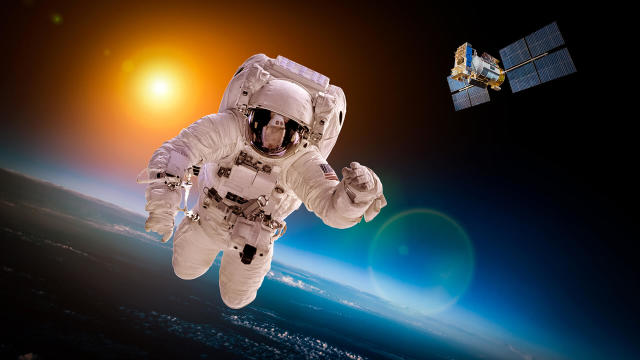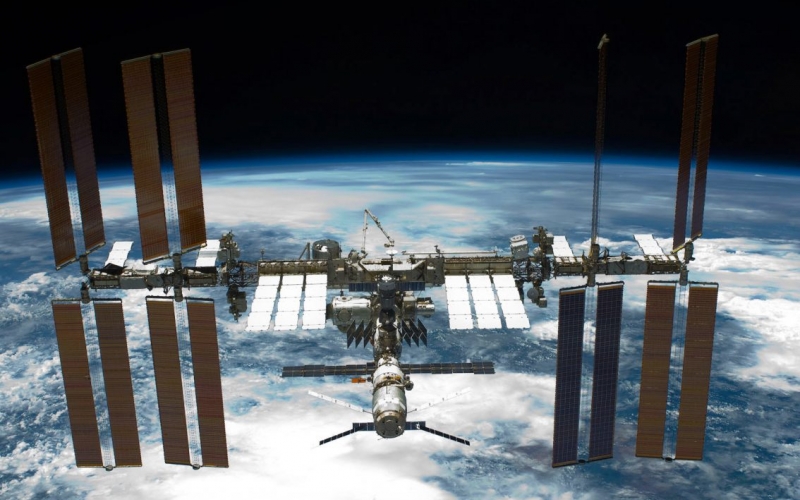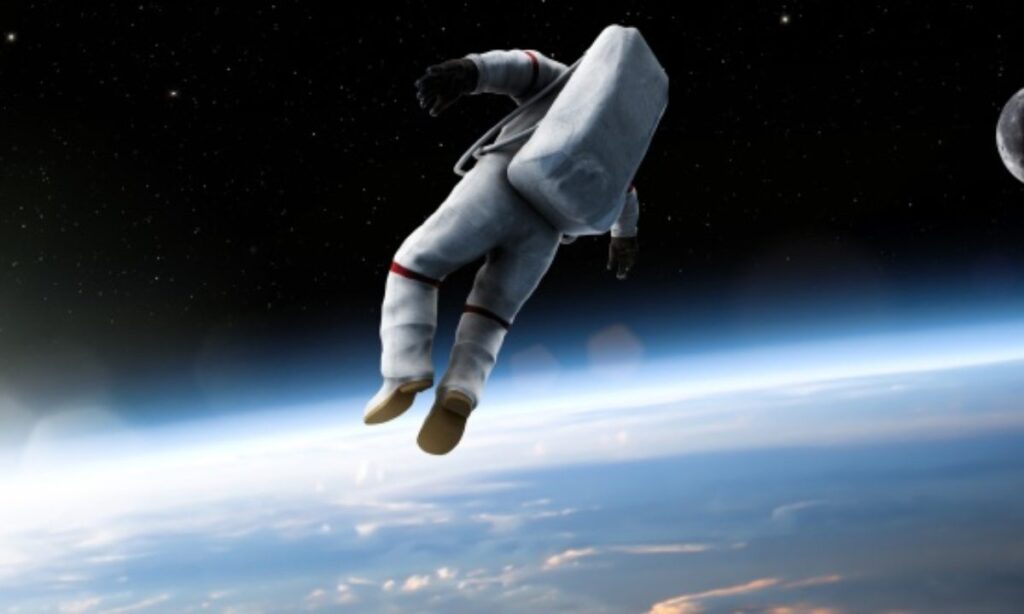The concept of space has fascinated people for centuries. Early astronomers and thinkers, like Galileo Galilei and Johannes Kepler, studied the stars and planets from Earth.
However, the first major milestone in space exploration came in 1957 when the Soviet Union launched the world’s first artificial satellite, Sputnik 1. This basketball-sized satellite orbited Earth, marking the beginning of the space age.
Shortly after, in 1961, Yuri Gagarin became the first human to journey into space aboard the Vostok 1 spacecraft. Thus, while many contributed to our understanding of space over time, it was the Soviet Union that officially “found” space first with the launch of Sputnik 1.
Who were some of the earliest figures in space exploration?

Some of the earliest figures in space exploration include
Claudius Ptolemy: A Greek astronomer who proposed a geocentric model of the universe, where Earth was believed to be the center around which all celestial bodies orbited.
Nicolaus Copernicus: A Renaissance-era astronomer who challenged the geocentric model and proposed a heliocentric model, where the Sun was at the center of the solar system.
Galileo Galilei: An Italian scientist who made groundbreaking discoveries with his telescope, including observations of the moons of Jupiter and the phases of Venus, supporting the heliocentric model.
Johannes Kepler: A German mathematician and astronomer who formulated the laws of planetary motion, providing a mathematical framework for understanding how planets move in their orbits around the Sun.
Isaac Newton: An English mathematician and physicist who developed the laws of motion and universal gravitation, which explained the motion of celestial bodies and laid the foundation for modern physics and space exploration.
What event marked the start of the space age?

The launch of Sputnik 1 by the Soviet Union on October 4, 1957, changed everything. It was the first-ever satellite to orbit Earth, and it was tiny—about the size of a basketball with four antennas sticking out. As it circled our planet, it sent out beeping sounds that could be heard on the ground.
This moment wasn’t just about space exploration; it was a huge deal politically too. It showed the world that the Soviet Union was ahead in technology and science, which was a big deal during the tense times of the Cold War.
Sputnik 1’s launch wasn’t just a scientific milestone; it shook up the entire world. People everywhere were amazed and a little scared to see something humans had made flying so high above Earth—it felt like something from a movie!
But it wasn’t just about wonder; it also made the United States worry. If the Soviet Union could send a satellite into space, what else could they do? This fear sparked a big push in the US to focus more on science and technology education and research to keep up with the Soviets.
Sputnik 1 didn’t just wow the world—it also gave us some really useful info. As it circled Earth, it collected data about things like the atmosphere’s density and our planet’s gravity. This info was a goldmine for scientists and laid the groundwork for future space missions.
But Sputnik 1 did more than just science—it kicked off the Space Race. This intense competition between the United States and the Soviet Union pushed both countries to achieve incredible things. From Yuri Gagarin’s historic trip to space to NASA’s Apollo moon landings, the Space Race led to some of the most awe-inspiring moments in human history.
Who was the first girl in space?
Valentina Tereshkova made history on June 16, 1963, by becoming the first woman to journey into space. She flew aboard the Soviet spacecraft Vostok 6, orbiting the Earth an impressive 48 times over three days. At just 26 years old, she became not only the first woman but also the youngest person ever to venture into space.
Tereshkova’s groundbreaking flight was a major achievement in space exploration, breaking barriers and inspiring countless women to pursue careers in science and aerospace. Her courage and determination continue to inspire future generations to reach for the stars.
Final thoughts
Ancient astronomers like Galileo Galilei and Johannes Kepler set the stage for space exploration, but the official launchpad was in 1957 when the Soviet Union sent Sputnik 1 into orbit, kickstarting the space age.
This led to major milestones, including Yuri Gagarin’s historic journey into space in 1961. From those early days to today’s astronauts, humanity’s quest to explore space has been a journey of awe and discovery.
Valentina Tereshkova took this exploration even further by becoming the first woman in space in 1963. Her trailblazing mission inspired countless people to dream big and aim for the stars.
